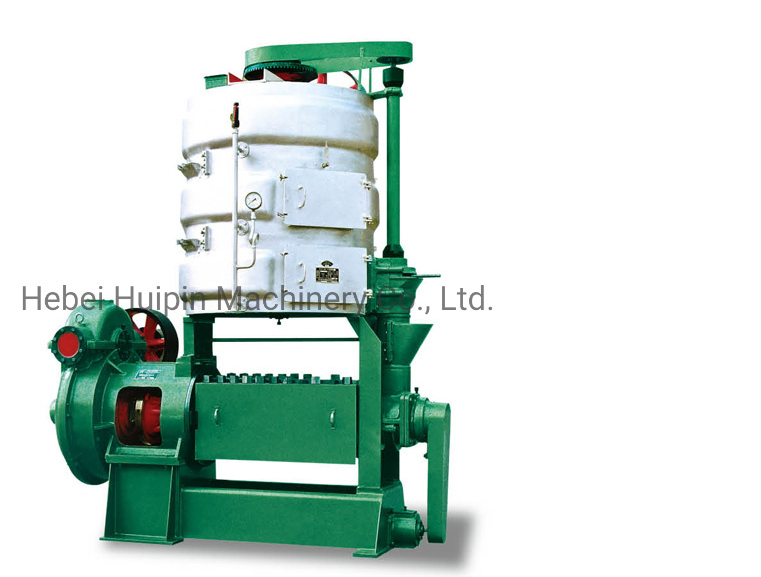Oct . 03, 2024 04:48 Back to list
Manufacturer of Production Lines for Quality Camellia Seed Oil Extraction and Processing
Camellia Seed Oil Production Line Manufacturer A Comprehensive Overview
In recent years, the global demand for natural oils has surged, with camellia seed oil emerging as a prominent choice due to its numerous health benefits and versatile uses. The increasing awareness of the nutritious properties of camellia seed oil has prompted many producers to seek effective production lines to meet growing consumer demands. For manufacturers considering entering or expanding in the camellia seed oil market, selecting the right production line is crucial.
Camellia seed oil, derived from the seeds of the Camellia plant, particularly Camellia oleifera and Camellia sinensis, is renowned for its rich content of essential fatty acids, antioxidants, and vitamins. Its applications range from culinary uses to skin care, making it a valuable addition to various industries. As a result, the global market for this oil has been expanding, making it an attractive option for manufacturers.
To capitalize on this market opportunity, manufacturers must invest in a robust production line that not only maximizes yield but also maintains the quality of the oil. A state-of-the-art camellia seed oil production line consists of several key components seed cleaning, oil extraction, refining, and bottling processes.
Seed Cleaning
The first step in the production line involves the cleaning of camellia seeds to eliminate impurities such as dirt, stones, and other foreign materials. This step is crucial as it ensures that only the highest quality seeds are processed, leading to a purer final product. Advanced seed cleaning machines utilize various techniques, including air aspiration and screening, to ensure thorough cleaning.
Oil Extraction
The extraction process is one of the most critical stages in the production of camellia seed oil. There are several methods for oil extraction, with the two most common being cold pressing and solvent extraction. Cold pressing is preferred by health-conscious consumers as it retains the natural flavors and nutrients of the oil. A quality production line should feature equipment capable of efficient cold pressing, ensuring maximum oil yield while preserving the oil's beneficial properties.
camellia seed oil production line manufacturer

On the other hand, solvent extraction is often used for larger-scale production, where high volumes are needed
. This method utilizes solvents to dissolve the oil from the seeds, followed by desolventizing to remove the solvent from the extracted oil. Manufacturers must evaluate their production needs to select the most appropriate extraction method.Refining Process
Once the oil is extracted, refining is necessary to enhance its quality and shelf life. The refining process typically includes degumming, neutralization, bleaching, and deodorization. Each step plays a vital role in removing impurities, improving flavor, and ensuring the oil is safe for consumption. A competent production line manufacturer will provide equipment that integrates these processes seamlessly, ensuring a consistent and high-quality product.
Bottling and Packaging
The final step of the camellia seed oil production line involves bottling and packaging. This stage is essential for marketing the product effectively. Manufacturers should invest in automated bottling systems that ensure efficiency and hygiene. Proper packaging not only preserves the quality of the oil but also enhances its shelf appeal to consumers.
Conclusion
In choosing a camellia seed oil production line manufacturer, it is essential for businesses to evaluate production capabilities, technology, and support services. A reliable manufacturer will provide comprehensive solutions that ensure high-quality production while optimizing efficiency. With the growing popularity of camellia seed oil, investing in an efficient production line can pave the way for success in this thriving market. By prioritizing quality at every stage, manufacturers can meet consumer expectations and stand out in the competitive landscape of natural oils.
-
HP 120 Model Cold Oil Press-Hebei Huipin Machinery|Oil Extraction, High Efficiency
NewsAug.08,2025
-
HP 120 Model Cold Oil Press - Hebei Huipin Machinery | Labor-Saving, Multi-Function Oil Press
NewsAug.08,2025
-
HP 120 Model Cold Oil Press - Hebei Huipin Machinery | High Efficiency Oil Extraction, Multi-Functionality
NewsAug.08,2025
-
HP 120 Cold Oil Press - Hebei Huipin Machinery | Oil Extraction Machine, Cold Press Oil Expeller
NewsAug.08,2025
-
Safflower Oil Press Service: Quality Extraction & Pure Oil
NewsAug.08,2025
-
HP 120 Model Cold Oil Press - Hebei Huipin | High Efficiency Oil Extraction
NewsAug.07,2025
